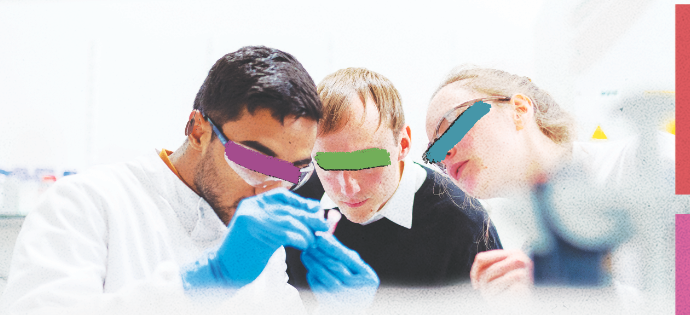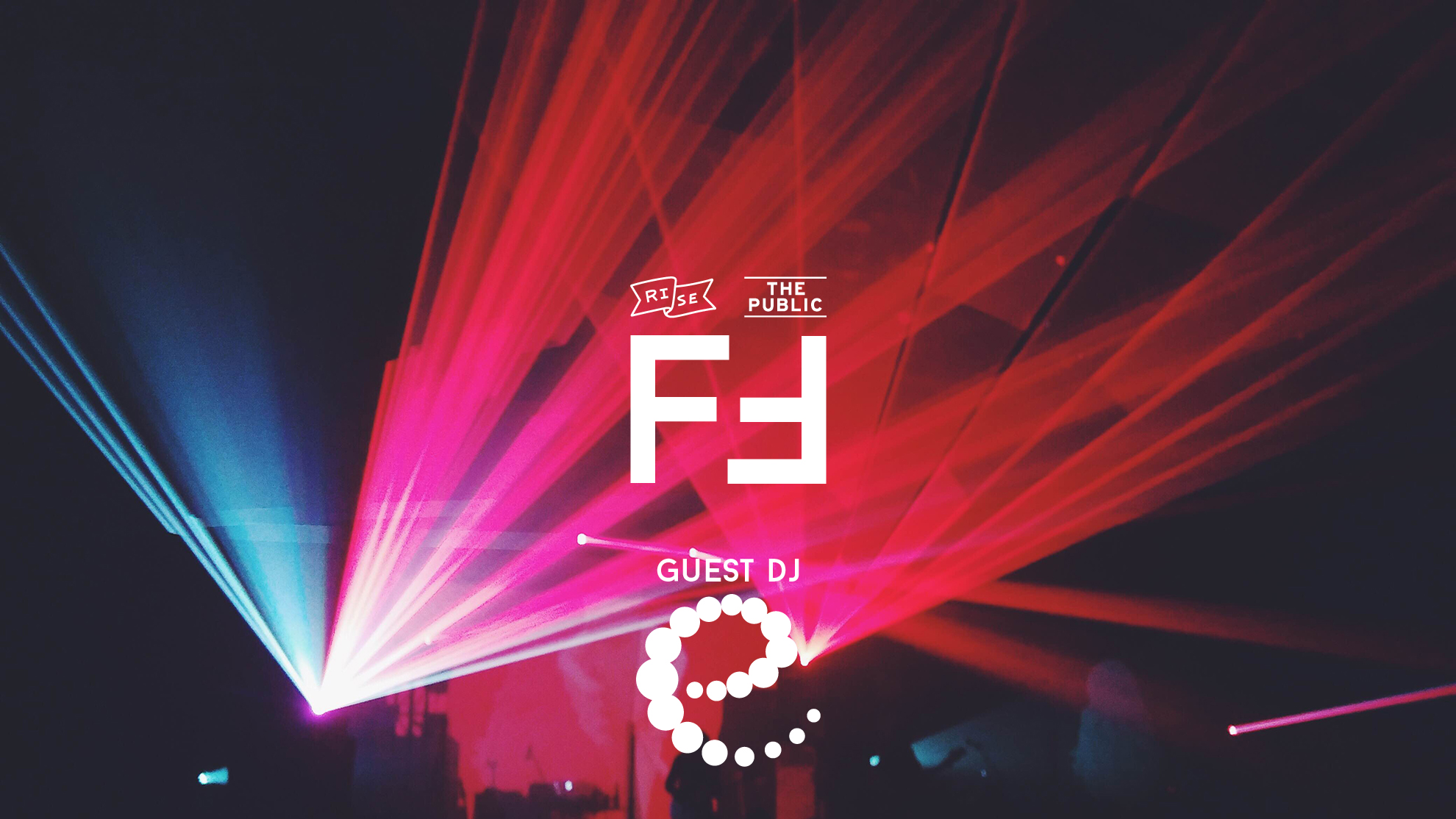No Boundaries Magazine issue 7 is still available on area shelves for the next few weeks for free. Here’s some of the content found inside!
NOTE: This article would be better enjoyed in its intended, magazine form. Subscribe anytime and we’ll mail you your copy, or check out the spread here on issuu.com
Written By: Kathryn Grow Allen, PhD
Designed By: Alain Pierre-Lys
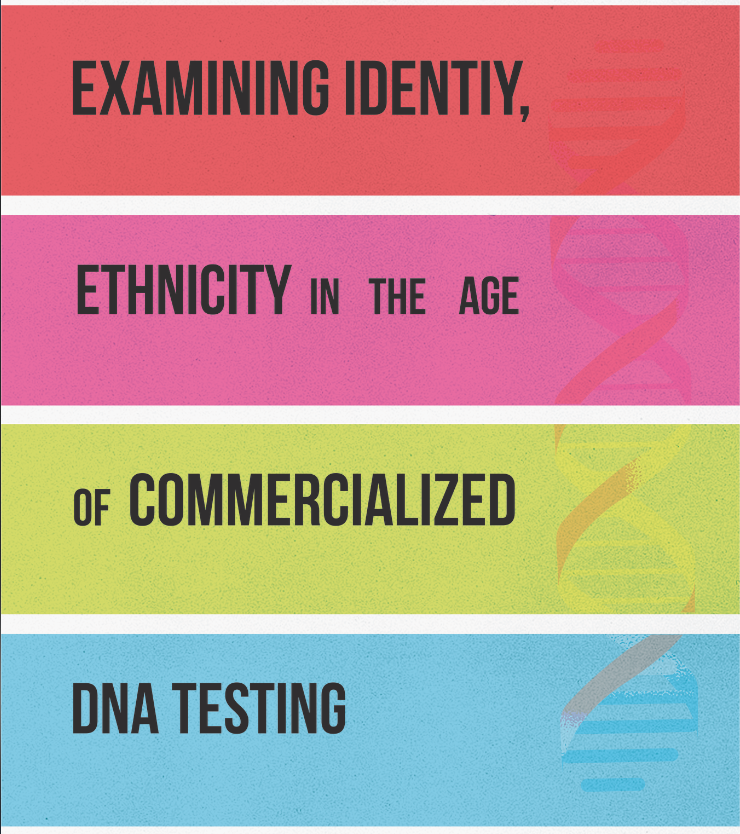
On a fall day in 1990,
an extraordinary project unknown to most Americans was about to start. Backed with money from the National Institute of Health and the Department of Energy, a team of scientists embarked on a project that would blow up our understanding of the human species by breaking it down to its most basic level: the human genome. Thirteen years later the Human Genome Project (HGP) released to the world the blueprint of who we are. This sequence of 3 billion DNA letters was the sum of genetic material making up our species: Homo sapiens.
As members of the same species, humans around the world share this same genetic blueprint, our differences encoded in a mere 0.001% of each person’s overall DNA. While human diversity is impacted by other factors, we are 99.999% identical on the genetic level.
Despite the small size of genetic variation between us, this variation is nonetheless very important. Biological differences between individuals and groups of people have a massive impact on our identity, our relationships, and the history of humanity as a whole. Because of its impact, we cannot discount human genetic variation as irrelevant.
In the seventeen years since the unveiling of the human genome, this blueprint has been used to make amazing advancements. For example, different approaches to healthcare based on genetic risk factors can now be identified from your DNA. Fascinating approaches to evaluating human identity have also emerged. Because we are more likely to share genetic variations with individuals or populations we are closely related to, DNA can unveil ancestral information. In an unexpected twist, the birth of direct-to-consumer (DTC) genetic testing brought the technology of this very advanced, exclusive, and expensive science to the mass public. For a reasonable price, the average person can now submit a swab of their DNA for a summary of their personalized genetic blueprint from companies like AncestryDNA and 23andMe. These organizations have created a new way of understanding human health and identity.
Comparing our genetic blueprint to people around the world has become a means of evaluating identity.
The use of DTC genetic tests in establishing personal identity has a laundry list of positives and negatives. On one hand, these tests help people in life-long quests to understand who they are. For someone who does not know one or both biological parents, or their ancestral background beyond their biological parents, the search for answers can be helped with a genetic test. Linking DNA variations to similar variations in the genomes of certain populations around the world can help people form a missing sense of self. Similarly, actual relatives can be located. If someone in your direct family line makes their results public, you can easily find them. This fun party trick of DTC genetic testing captured the attention of the public in April of 2018. Using DNA from a crime scene associated with a serial rapist and murderer known as the Golden State Killer, a suspect was identified by matching the DNA sample to the consumer DNA profiles of distant relatives1.
While these uses of DTC genetic testing are exciting and seemingly positive, utilizing these tests in establishing identity has resulted in negative consequences as well. Many have voiced concerns over the use of minute traces of DNA to qualify for minority scholarships2, the end of anonymous sperm and egg donation3, the lack of protection against submitting someone else’s DNA without consent4 and trauma associated with revealing family secrets5. These concerns regarding the use of DTC genetic tests to understand identity demand that scientists, lawmakers and the public grapple with what this information means and how it should be used.
For many, the ethnicities identified on these tests are very much tied into who they are and how they live their lives.
One of the words thrown around often in ancestry DNA testing is “ethnicity.” Many popular test companies attract consumers with the promise of delivering, down to tiny percentages, a list of the ‘ethnicities’ your DNA proves membership to. Some of these ethnicities are already known to test-takers, others can be a surprise. To some people, placement in an ethnic category not previously a component of their known identity might be merely entertaining. Suddenly, their heritage includes a new culture. Exploring that culture, adopting new traditions, and learning a new history might be exciting. To others, however, these results can be alarming. For someone who celebrates one aspect of their identity quite heavily, a test result showing that ancestral background missing or only fractionally represented can be distressing. For many, the ethnicities identified on these tests are very much tied into who they are and how they live their lives. The results of a DTC genetic test might have more of an impact on your self-identity than you realize – something to consider before you send off your swab.
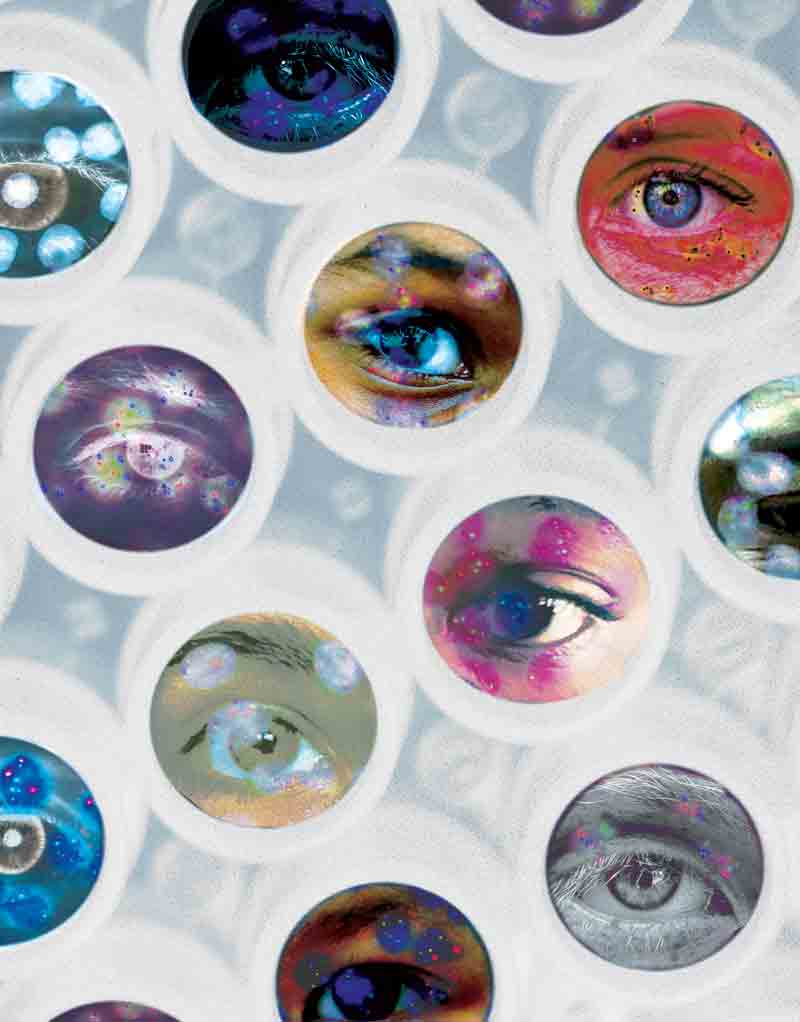
Amidst these outcomes of commercialized DNA testing are some fundamental problems. First, there are limitations in the technology itself. Using a method called genotyping, these tests compare a consumer’s DNA sequence to other sequences already entered into a database. These companies determine your list of ethnicities by seeing who you match the closest to in their database. A missing or underrepresented genetic population won’t show up in your results. This is why you can get different results from different companies. This also explains how your original results from one company can be ‘updated’ (an incentive, perhaps, to spring for the yearly subscription). This can result in an estimation of ethnicity based on a lack of data.
A second problem lies with the word ethnicity itself. Social scientists have long understood ethnicity as an extremely complicated aspect of human identity that may or may not be tied to biology. Ethnicity can be any form of a shared culture or way of life; Language, tradition, religious affiliation- these non-biological factors have at times formed the foundation of an ethnic group. While some ethnic groups are connected through a close biological relationship (gene similarities), others are not. The Genocide in Rwanda serves as a stark example of conflict between ethnic groups defined mostly by colonial-era socioeconomic categories rather than deep biological differences. Ethnic wars are a startling reminder of the power of ethnic identity, but the fact that many ethnic tensions exist between populations without major biological differences is not often realized. The lesson here is that ethnicity is not uniformly linked to biology. Therefore, its use in DTC genetic testing is extremely problematic.
Genotyping requires this comparative database, companies determine your list of ethnicities by seeing who you match the closest to in that database.
Last, there are serious questions surrounding how much of our identity should be wrapped up in genetic communities. If all humans are related to each other at some point in human history, deciding which groups we are a member of, and which we are not, requires somewhat arbitrary decisions on how far back to look. Human populations have been in contact with each other, trading genetic material for all of human history. While we might have more recent biological ties identified by shared genetic variations, these biological communities are not groups with borders that cleanly separate from each other. In the genetic history of humans, there are No Boundaries. If this sounds rather confusing, imagine a set of circles with each circle representing a different ancestral population. The truth is that those circles overlap each other considerably. Human migrations throughout time have ensured that populations from different parts of the world have come in contact with each other and exchanged genes. If we continue to use these ancestral categories, it is important to remember that these categories are, in large part, arbitrary divisions. Defining our identity by grouping people with similar genetic variations and inserting ourselves cleanly into one or more of these groups misrepresents the true nature of human genetic diversity.
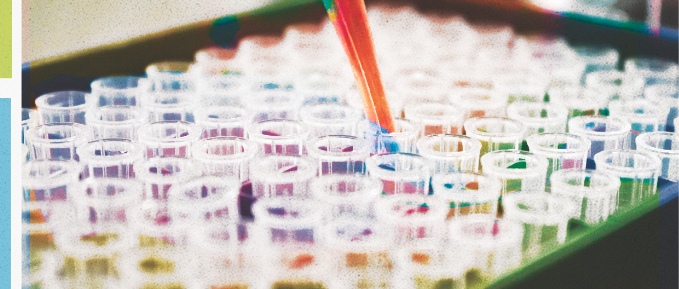
While some ethnic groups are connected through a close biological relationship (gene similarities), Others are not. We are not necessarily separated from other ethnicities by a great biological divide either.
As people flock to take these tests, it’s important to remember how complex human identity is. We are not just the sum of our double-helix strands. Not only is our biology complex and our ancestry a complicated tale, but more social or cultural aspects of our identity should not be ignored. The results in the mail cannot fully define who you are.
The tiny fraction of genetic diversity that separates us is important as our experience as a species continues to be marked with phenomena rooted in our differences – whether we want it to or not. How humans will use the 0.001% is a subject of the highest importance. The truth is, we have power in how much we allow our limited genetic diversity to define what our relationship to each other really is. Genetic ancestry can still be celebrated and these identities still bring meaning to our lives. Caution should be practiced, however, in allowing our DNA and this quick-and-dirty DTC approach to interpreting it, to delineate how we perceive ourselves and how we treat each other.
¹ Phillips, C. (2018). The Golden State Killer Investigation and the Nascent Field of Forensic Genealogy. Forensic Science International: Genetics 3, 186-188.
2Tallbear, K., & Bolnick, D.A. (2004, December). “Native American DNA” Tests: What are the Risks to Tribes? The Native Voice, D2.
3Harper J., Kennett, D., & Reisel, D. (2016). The End of Donor Anonymity: How genetic testing is likely to drive anonymous gamete donation out of business. Human Reproduction 31(6), 1135-1140.
4Royal, C.D., Novembre, J., Fullerton, S.M., Goldstein, D.B., Long, J.C., Bamshad, M.J., & Clark, A.G. (2010). Inferring Genetic Ancestry: Opportunities, Challenges, and Implications. The American Journal of Human Genetics 86, 661-673.
5Pappas, S. (2018). Genetic testing and family secrets. Monitor on Psychology 49 (6), 44.

